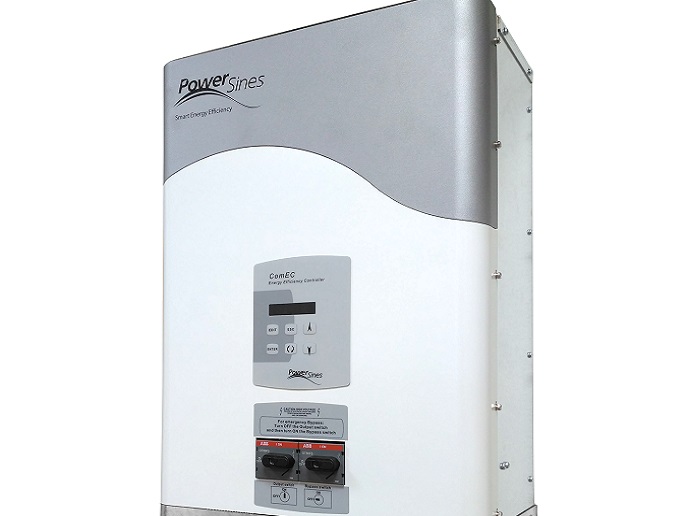Restoring sensory feedback to amputees
The four-year NEBIAS(opens in new window) project, due for completion at the end of January 2018, represents a significant leap forward in cybernetics and builds on ten years of dedicated research. The NEBIAS bionic prosthesis consists of a dexterous hand prosthesis, electrodes and embedded electronics for recording and stimulation. A major leap forward A new neural interface provides sensory information from the artificial hand to the brain. This interface links the patient’s nervous system with the artificial sensors embedded in the prosthesis, enabling the user to control complex hand and finger movements. The electrodes are selective in that they interface with some areas of the nerves and not with others close by. The sensors detect information about touch, which is sent in real time to the patient, allowing for the natural control of the hand. ‘A prototype of this bionic prosthesis was successfully tested in June 2016 during a clinical trial in Rome,’ says project coordinator Dr Silvestro Micera from the Sant'Anna School of Advanced Studies in Italy. ‘A second patient received an implant in July 2017.’ NEBIAS consortium members have since created a start-up in order to move the technology towards commercialisation, and further research to bring these results forward is also planned. ‘The next steps mainly involve the development of long term biocompatible electrodes and the miniaturisation of sensory feedback electronics in order to obtain a fully implantable and portable prosthetic system,’ says Micera. ‘These steps will be pursued with the final aim of making this clinical trial available to more patients.’ To this end the forthcoming EU-funded SENSARS project will build further on the ground breaking work of NEBIAS. ‘The main aim of this project is to commercially exploit the results obtained during this project and to verify whether the innovations generated during NEBIAS could be used to provide valuable device for lower-limb amputation,’ says Micera. Dedicated research NEBIAS brought together researchers from materials, computer and neuro-sciences, biomedical microtechnology and electronic engineering with a common goal in mind – to make a prosthetic hand that can enable natural sensation and motion. The project’s success in achieving this is the result of this successful collaboration, and also because of the innovative work carried out through previous EU-funded projects. These include CYBERHAND, which sought to demonstrate the feasibility of direct interfacing to the nervous system to enable natural control of a mechanical hand. Efforts to connect robotic artefacts to the nervous system were then pursued notably under FP6 and FP7 projects such as NEUROBOTICS and TIME, with successful testing of a prototype electrode without sensory feedback and investigations on how electrodes could be implanted into a patient's nerve. ‘Thanks to these projects, important steps were taken towards developing dexterous hand prostheses as well as electrodes for interfacing with the peripheral nervous system,’ explains Micera. ‘A key drawback to date however has been the lack of sensory feedback. The main goal of this project was therefore to restore sensory-motor function in amputees in order to enable them to feel artificial limbs as a part of their own body.’ Having achieved this, NEBIAS’s ground breaking technology will continue to be built upon, miniaturised and improved. If all goes to plan, the final stage some years from now will be large-scale clinical trials to establish if the prosthesis has real medical and commercial potential.







